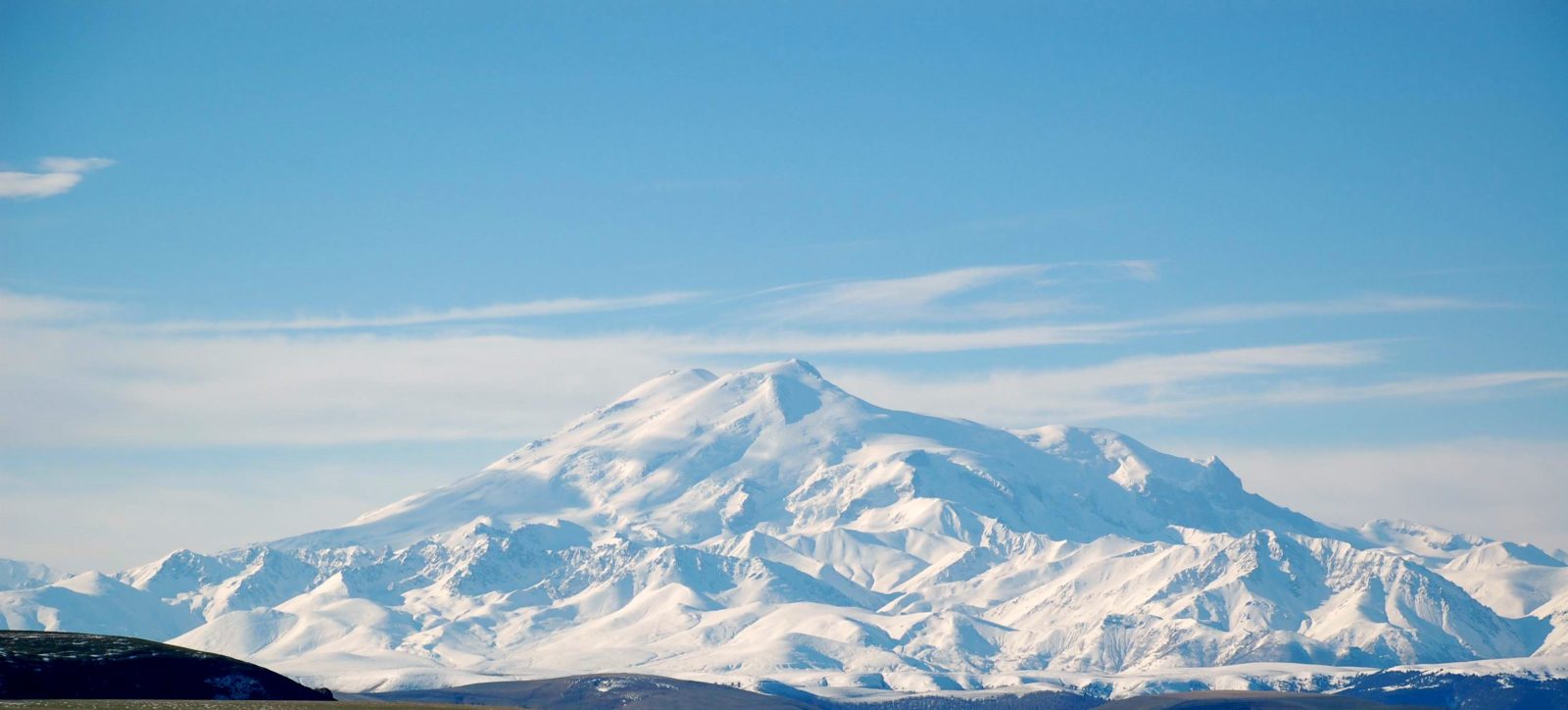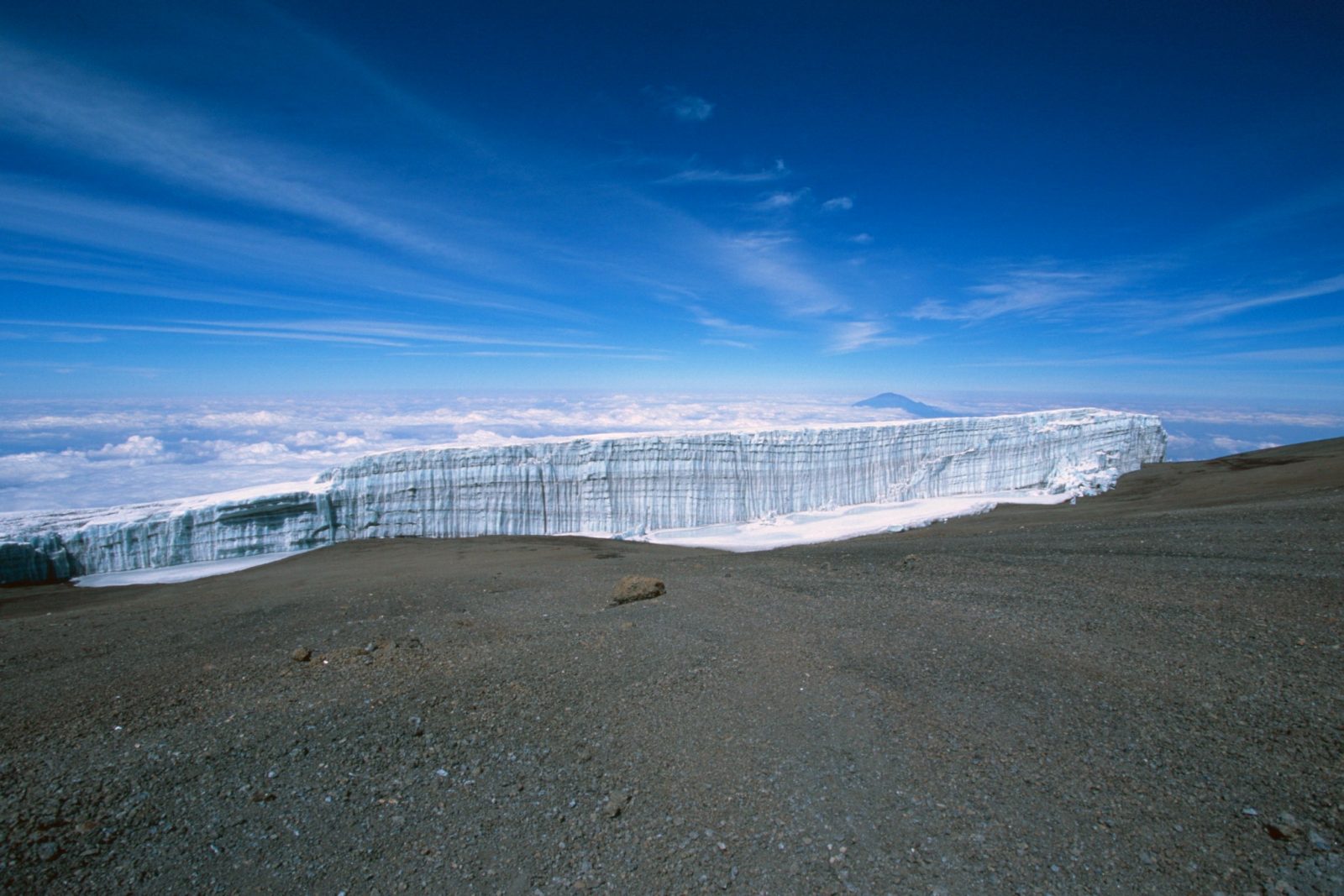
Top 5 Best Routes To Climb Mount Kenya
Mount Kenya is the second highest mountain in Africa with some incredible routes which can take you up and down in a variety of different ways.
Mount Kenya is the second highest mountain in Africa with some incredible routes which can take you up and down in a variety of different ways yet despite the accessibility, better accommodation options, variations in technical and trekking peaks and increased chances of spotting wildlife during a trek to the summit you still find much less traffic than the neighbouring Kilimanjaro, which for most adventurous hikers is another reason to choose Mount Kenya.
The following list and description of different routes on Mount Kenya will help you make an informed choice on the best route to choose to reach this beautiful glacial peak, although we’ve not ranked the options as each one offers different advantages;
- Sirimon Route – If you were to choose the easiest ascent of Mount Kenya then a 5 day/4 night climb on the Sirimon route is the best option with your first night at Old Moses (3,300m) before spending two nights at Shiptons Camp (4,250m) on what is a steady ascent before summiting early on day 4 to enjoy the sunrise over East Africa from Point Lenana (4,985m) and dropping all the way back to Old Moses Camp for your final night on the mountain.
Shiptons Camp gets you up close and personal with all the summits and makes the final summit night the shortest of any of the options. There are also no difficult exposed summit ridges to tackle, however for the more adventurous it is definitely worth considering the Naro Moru route for your descent, you don’t need any extra days although be prepared for what is the world’s highest Via Ferrata on the descent from Point Lenana to Austria Hut. - Naro Moru Route, like Sirimon is a 5 day/4 night climb but much more scenic (the vegetation is most striking on the Naro Moru route) and challenging, particularly on the second day of the ascent where you have to get through the ‘Vertical Bog’ (although it’s not actually vertical and only a bog in the rainy seasons and in the afternoons when it is more likely to rain) but an early start should get you through the bog and up to Pic-nic Rocks for lunch before the rain starts. The first night is at Met Station (3,050m) before ascending to Mackinders Camp (4,200m) for two nights, summiting for sunrise early on day 4 and dropping all the way back to Met Station for the final night (alternative descent via Sirimon Route is possible without adding extra days to the itinerary).
The forest on the lower slopes of the Naro Moru route appears to have only minimal visible damage from the devastating Mt Kenya fires of 2012, unlike the Sirimon route where the forest had all but disappeared (saplings have been re-planted on the Sirimon side but it will take years before you have the same majestic trees that you find on the Naro Moru route) and as result you have much more chance of seeing wildlife, particulary on the trek to Met Station where it is not unusual to spot antelope, elephant, colobus monkey and buffalo, which are well known to enjoy grazing on the Met Station camp-site during the night.
The summit night is a little longer than the summit on the Sirimon route as there is a longer walk in to reach the scree slope which takes you up towards the Austrian Hut (4,800m) and the final partial Via Ferrata (named ‘Olonana’) along the exposed ridge towards Point Lenana. It may be worth avoiding the Naro Moru route if a Via Ferrata at altitude makes you feel nervous but most people find it a lot of fun. - Traverse (ascend Naro Moru/descend Chogoria) – Although the Naro Moru ascent and Chogoria descent is a long way from being the most popular way to climb Mt Kenya, it is currently Adventure Alternative’s most popular itinerary, largely because they mix the two most challenging and scenic routes on the mountain. Our standard advertised trek is a 5 day/4night itinerary but you can add an extra night at Meru Bandas where you can order a local beer, enjoy a hot shower and open fire in your banda and watch the wildlife from the veranda which overlooks a swamp/open area where animals come out of the forest to graze at dusk and dawn. You’ll need to be prepared to camp at least one night but we think it is worth it for everything that this itinerary offers, the stunning views, lakes, cliffs, waterfalls and flora and fauna both on the way up and on the descent.
The itinerary for our Naro Moru/Chogoria traverse has the first night at Met Station (3,050m) before ascending to Mackinders Camp (4,200m) for two nights (or you can trek to Shiptons Camp on the Sirimon route on day 3 if you don’t want to summit using the Via Ferrata on the Naro Moru route), summiting for sunrise early on day 4 before descending on the Chogoria route where you spend your 4th night at Lake Ellis or Nithi Falls before continuing the descent to Meru Banda’s where 4×4’s take us off the mountain.
The need for 4×4 transport from the Chogoria route, kit transfers from the west to east side of the mountain and porters transport back to Naro Moru after the descent does make this option a little more expensive but you get to come off the mountain on the opposite side where we have a guest house in the friendly town of Embu which has numerous outdoor swimming pools, a great night life, stunning waterfalls, Moving Mountains projects and if you can face it, lots more day hikes in the surrounding hills. - Summit Circuit – The Summit Circuit itinerary is a 6 day/5 night itinerary on Mount Kenya, similar to the Naro Moru/Chogoria traverse but with more time in and around the summit circuit where you can enjoy acclimatisation treks to the numerous tarns, explore the cols, ridges, and glaciers that are found on the summit circuit around the unique peaks.
You’ll also search for ‘Icy Mike’, the elephant that defied logic and tried to climb Mt Kenya, whose remains are found on one of the day hikes from Shiptons Camp at about 4,270m above sea-level! The Summit Circuit is well worth considering if you have some extra time to spare. - Batian and Nelion (technical climbs) – Batian (5,199m) and Nelion (5,188m) are the two highest peaks on Mt Kenya, both of which are multi-pitch technical climbs, and as such experience is needed before contemplating summit attempts on either. The North Face routes on Mount Kenya are usually climbed during the northern hemisphere’s summer. As Mt Kenya is on the equator the sun will be slightly to the North of the mountain during these months, which means that there is less snow and ice, making climbing the rock easier. It also means that the rock is warmed and you have the direct sunlight on you during the climb.
The rainy seasons in Kenya are usually April, May and November. Therefore the best times for a climb of Batian via the North Face are June to August with September and October a possibility too. If you would like to climb in the January-February season then better to consider Nelion via the South East Face. All climbs on Batian or Nelion include a trek to Point Lenana and tend to follow a lot of the summit circuit itinerary for the trekking ascent (using the Naro Moru route before switching to the Sirimon route for the ascent of Point Lenana) and descent (via the Chogoria Route).

Related Articles

12 MONTHS, 12 MOUNTAINS
In celebration of World Mountain Day, we've created a calendar for the year to make it easy for you to plan your next mountain climb in the...

What’s The Highest Mountain in Europe?
Its summit is 18,510 feet (5642 meters) above sea level and it is located in Russia. However the mountain itself - including the glaciers...

Accommodation in Embu Guest House
Anyone visiting Embu on a Medical Elective or to volunteer with the Moving Mountains Trust will spend time in our Adventure Alternative...

Accommodation in Western Kenya
Anyone visiting Western Kenya on a Medical Elective or to volunteer with the Moving Mountains Trust will spend time in our Guest House or...

How can I Climb Kilimanjaro for Charity?
We often get asked, ‘how do I climb Mount Kilimanjaro for Charity?’ and the answer is easy, call us to have an initial talk about...

Huts on Mount Elbrus
Years ago when I was guiding clients with my Russian friend Sasha Lebedev to climb Mount Elbrus during the ‘perestroika’ period after...

Faking Mount Everest?
An interesting story has come about towards the end of this years season on Mount Everest concerning the claim from an Indian climber that his...

Kilimanjaro Diamox?
Regarding the use of Diamox on a Kilimanjaro climb, there is a tendency now for people to use it as a default drug in order to increase...

Weather and Seasons on Kilimanjaro
There is a magic about standing on the Roof of Africa. Mount Kilimanjaro, Africa's tallest mountain, stands 5895m above sea level. The climb...
